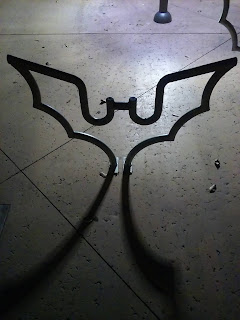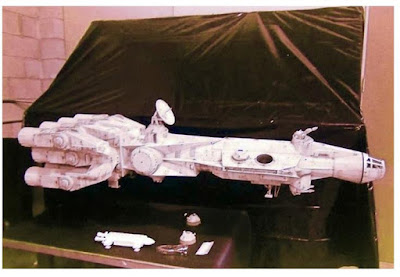Check out the bike rack on the right. It’s a picture I took in Austin, Texas. People in Austin love bats now.
They didn’t always.
The podcast 99 Percent Invisible just dropped a great episode that looks at how the bats under an Austin bridge went from being viewed as terrors that needed to be eradicated to a major tourist attraction.
Lessons for science communication?
The key advocate for bats, Merlin Tuttle, was no carpetbagger. He moved to Austin and became part of the community he wanted to change.
He built a team. It wasn’t just Merlin – he had started a whole conservation group.
He got the right visuals. He didn’t photograph bats while echolocating because their mouth was open and they were showing their sharp teeth. He photographed them so they looked like they smiling.
Perhaps most important, he was patient and never called people stupid.
This is an incredible success story for conservation. It should be a case study in classes on science communication.
External links
The batman and the bridge builder





